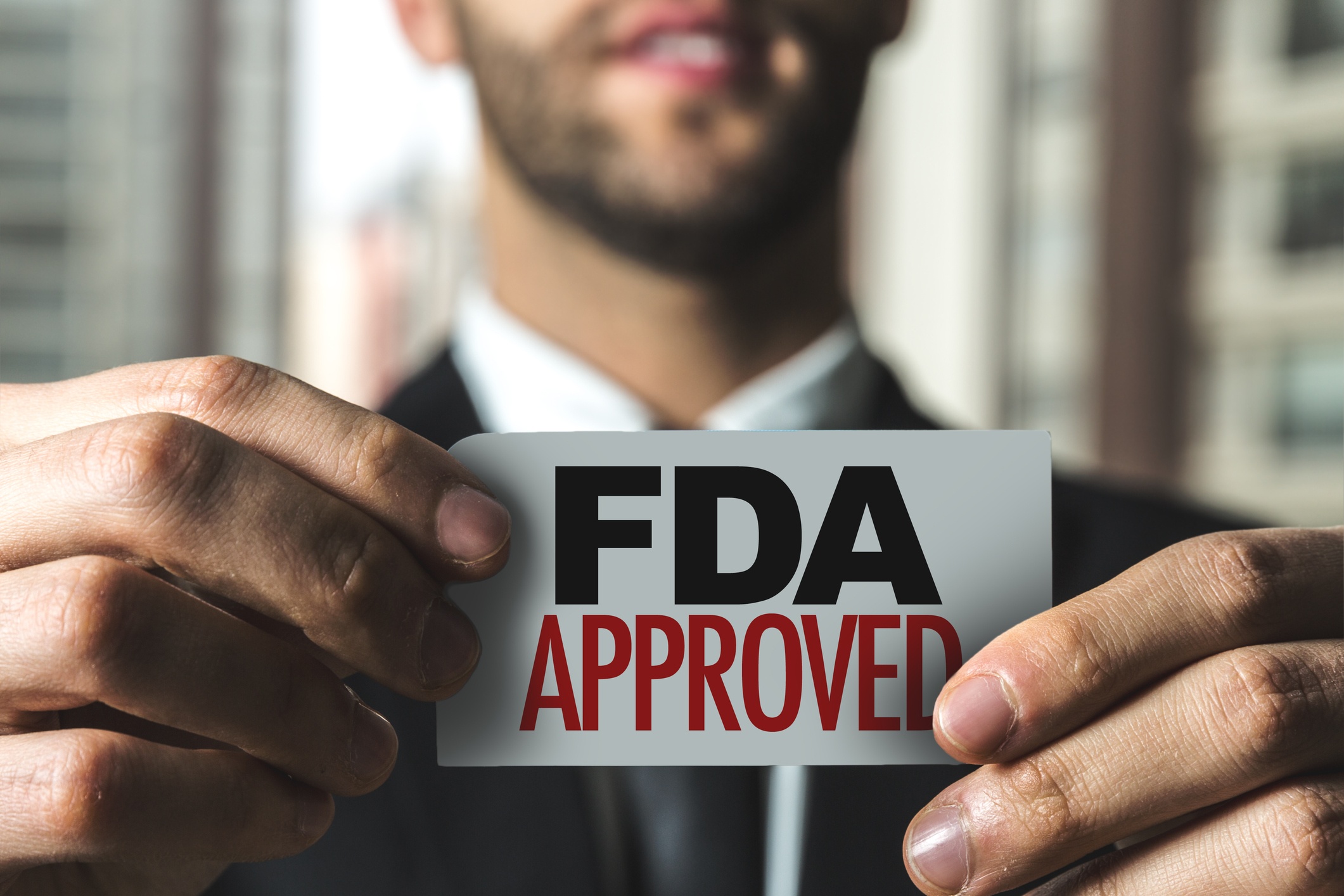When the FDA Animal Rule, or Animal Efficacy Rule, became law in 2002, it created a pathway for assessing the safety and efficacy of drugs and biological products for “serious or life-threatening conditions caused by exposure to lethal or permanently disabling substances” when human clinical trials are not ethical or feasible.
The most common application of the Animal Rule is in the development of measures to counteract agents potentially used in acts of terrorism, with approvals including therapeutics against nerve agent, anthrax, and plague.
Here's a basic overview of what the FDA Animal Rule demands and how you can apply it to your current lab research.
Four Criteria for Animal Study Evidence
In order to consider the effectiveness of a drug or biologic in animals as a reliable indicator of its effectiveness in humans, four criteria are applied:
- The pathophysiological mechanism for toxicity of the agent, and the mechanism by which the proposed product reduces or prevents toxicity, are well-understood.
- The therapeutic effect is demonstrated in more than one animal species, unless the effect is demonstrated in a single particularly well-characterized animal model. Models are selected for their predictive response in humans; hence, non-human primates are frequently used in Animal Rule studies.
- The animal study endpoints relate to enhancement of survival or prevention of major morbidity.
- An effective dose in humans can be established based on kinetic and pharmacodynamic data (or other relevant information) gleaned from animals and humans.
Supportive Human Data
The Animal Rule indicates that while adequate and well-controlled animal studies are required for approval, supportive human data may be considered. Examples of supportive human data include results from clinical trials demonstrating the tolerance of the drug or biologic dosed in the absence of the agent, and existing human data demonstrating the effectiveness of the drug or biologic against similar agents for which it is already approved.
Requirements under the Animal Rule for Drug Approval
Three additional FDA requirements under the Animal Rule include a plan for postmarketing studies, the restrictions needed to ensure safe use, and labeling information for patients explaining that approval was based upon results from animal studies (as well as other relevant information including contraindications, risks, benefits, and adverse reactions).
Be sure to read the entirety of the FDA's Animal Rule for a complete understanding of what you need to know.
The Big Picture
Pathology endpoints in FDA Animal Rule studies are particularly critical in the approval process. Don’t risk quality by using an inexperienced laboratory for generation and interpretation of your histopathology data. Outsource your histopathology to a trusted laboratory like HSRL, Inc.

